As Dundee’s V&A museum celebrates its fifth birthday, has it lost its way?
Is the flagship design museum drifting from public consciousness?
Is it thrilling the punters in the numbers it did when it opened in a breathless hush of excitement five years ago?
I took a dander in last Thursday for the first time in a long while and to be honest my pulse rate didn’t quicken.
I wondered whether the spectacular building which cost £80 million to build – and has attracted plaudits and flak in equal measure – is slipping from the minds of many folk in the city and those beyond our boundaries.
I hope not. I’ve always disliked the inverted working class snobbery that says art isn’t for the likes of us but there’s little doubt it can often be a tough sell to some working folk.
That’s because their money is hard earned, often comes in meagre quantities, and doesn’t equate with what some regard as the outrageous extravagance of £80m spent on a museum which could’ve gone to better causes like schools or hospitals.
Search for the sweet spot
Until Covid stopped the world, we had a family membership but like lots of things it’s slipped and we’ve not renewed.
I’m a fan of the museum though, and anyone who visited the previous Ocean Liners, The Video Games, and Mary Quant exhibitions would surely have left highly impressed.
Kengo Kuma’s building has lifted the waterfront spectacularly with its stunning architecture but there has to be more to a major attraction than just a scintillating design – and that’s where I wonder if the V&A is struggling to hit the sweet spot.
A pal of mine, who’s much more artistically clued in than me, offered this observation.
“It’s a bit too parochial for me. It could do with having more short exhibitions running in parallel with the long ones.
“But there’s probably not the room inside to do this effectively.”
He added: “The outside is interesting but it doesn’t make up for the massive waste of space inside the museum.
“I don’t really have a connection with it. I prefer the V&A in London.”
Our V&A was built as a major visitor attraction so there’s a huge commercial importance in ensuring it helps bring people in from elsewhere to spend money in the city.
Otherwise it’s a waste of space, literally.
Meeting visitors to Dundee
I chewed the fat last week with two visiting Glaswegians.
One bloke, a retired joiner, had been before and was complimentary, while a woman from Cathcart was also effusive in her praise.
They were both ordinary working folk and the museum undoubtedly charmed them.
Among the other accents I picked up were Americans and Australians, and that’s a boon for spreading the news of the attraction globally.
There’s always a danger that something like the V&A settles into a cliquey and exclusionary berth dominated by arty and design types, however, that can be avoided by being bold and inventive.
BBC Radio Four, regarded as highbrow by many folk, recently held a Northern Soul night at the Albert Hall.
It was televised a couple of weeks ago and the response to something which was a genuine reflection of a hugely important area of working class culture has been incredibly positive.
It blew away a lot of previous perceptions and opened some closed minds.
I visited the Guggenheim museum in Bilbao recently.
Designed by Canadian architect Frank Gehry, it’s been credited with turning the little known former industrial city in Spain’s Basque region into a major tourist venue.
It initially attracted huge criticism from locals over construction costs of 100 million Euros at a time of economic crisis in 1997.
But it swiftly transformed Bilbao’s reputation making it an international destination and attracting around a million visitors a year.
It’s a stunning building as is the city itself.
There are high hopes that the V&A will do something similar for Dundee and it’s still in its early days.
Our city has changed dramatically
Direct high-speed travel connections with Edinburgh and Glasgow would be a boost to the ongoing development of the museum but that is in Holyrood’s gift.
And there are other elements looming that should complement the V&A, such as the highly-anticipated Eden Project which should attract international visitors to further broaden Dundee’s appeal.
The city many of us grew up in has changed dramatically and continues to evolve.
The post-war employment boom with big American employers like Timex is a distant memory like shipbuilding and jute.
The world doesn’t owe us a living and that means we have to carve out new ways of making the city attractive for investors, visitors and locals alike.
The V&A undoubtedly has room to improve.
But it has a massive part to play in the regeneration and renaissance of Dundee – and it’s just getting started.
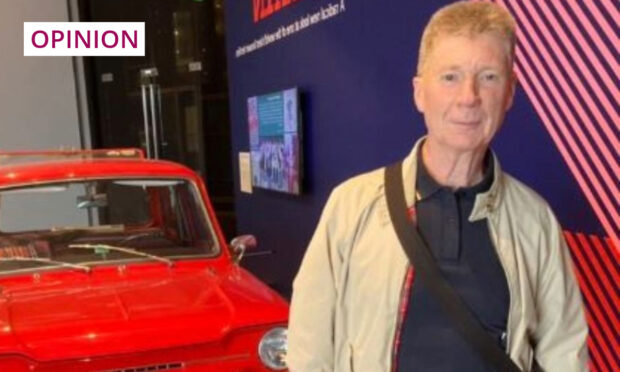
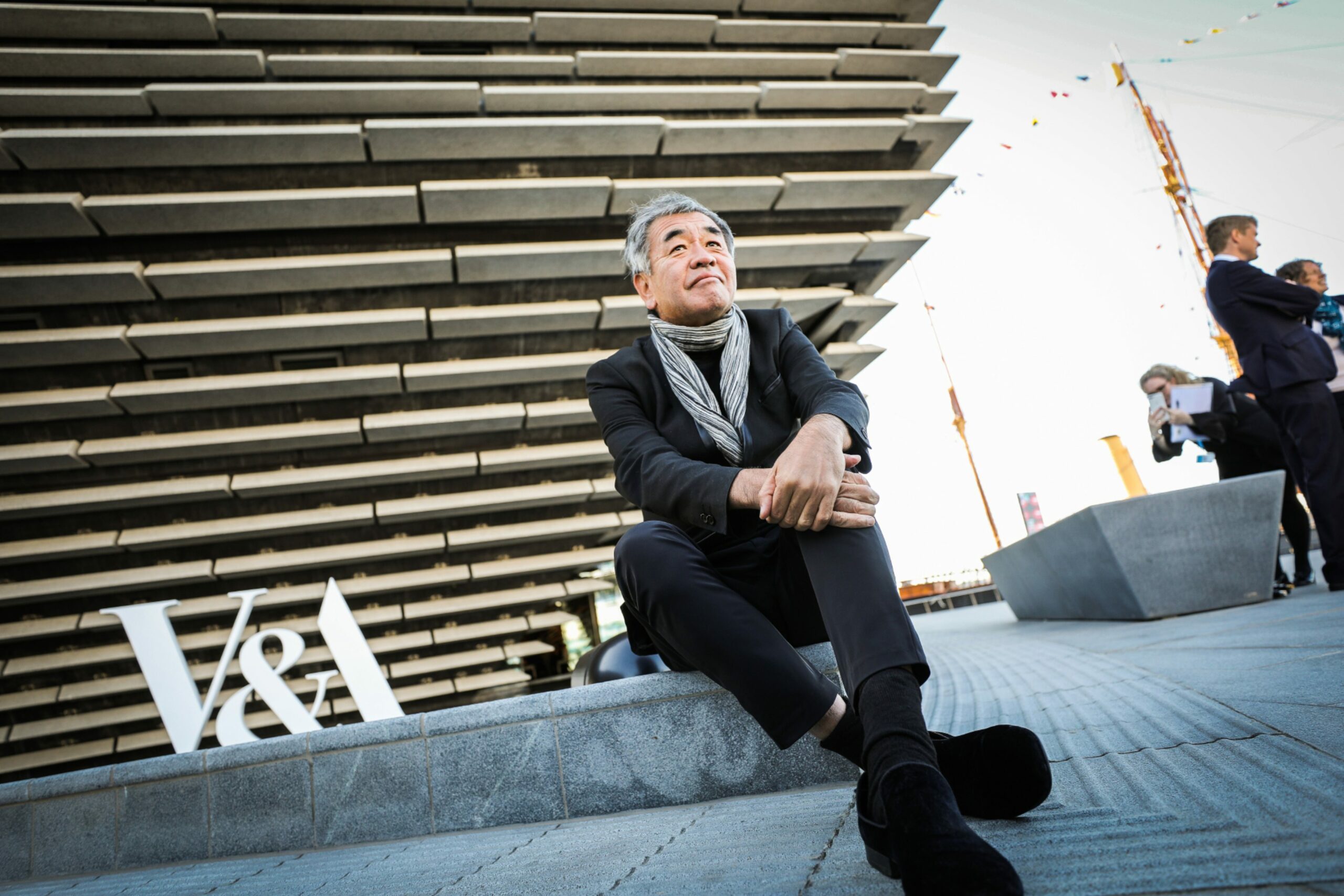

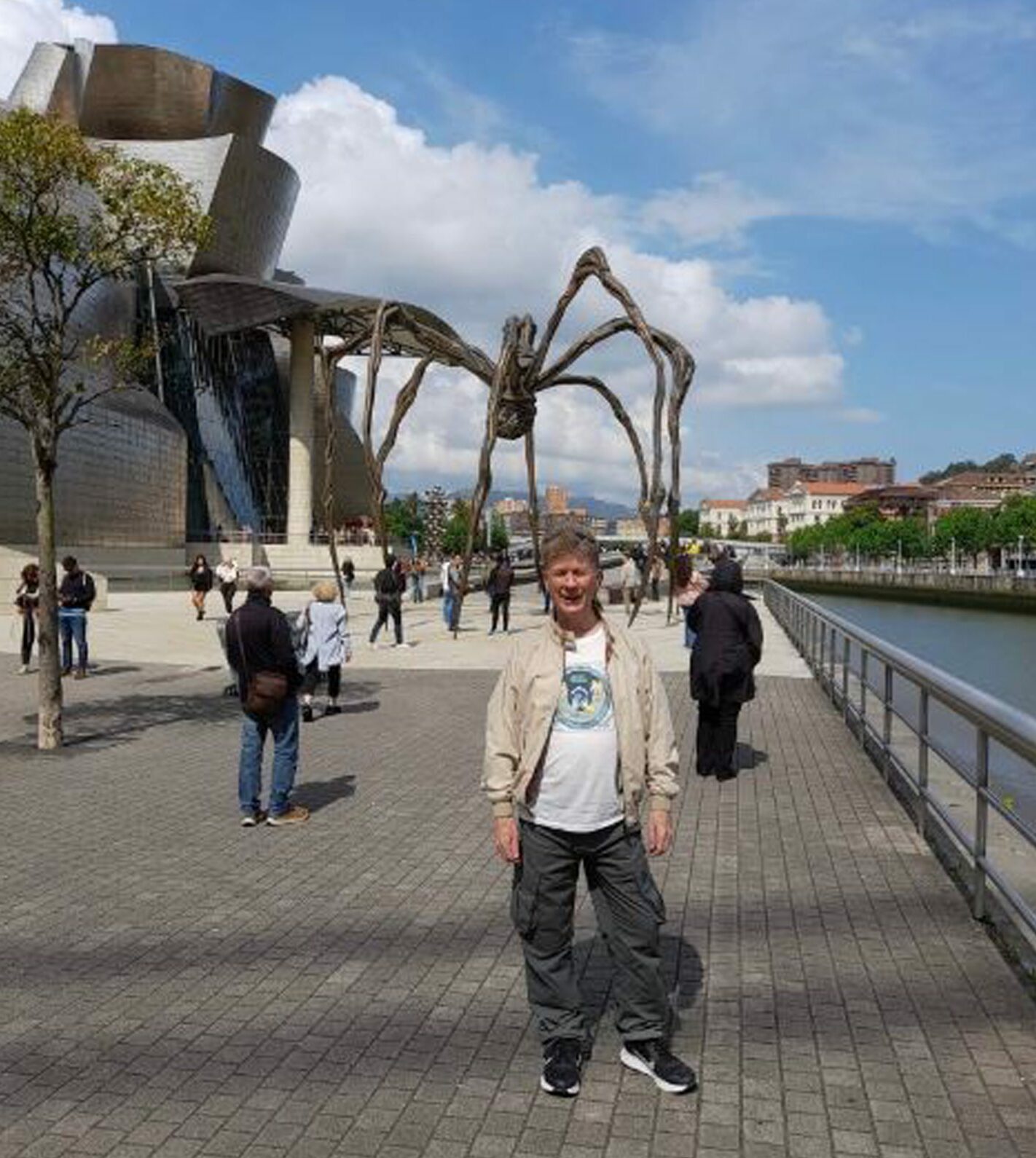
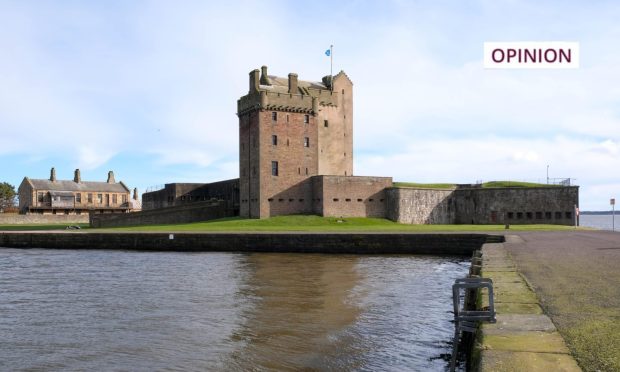
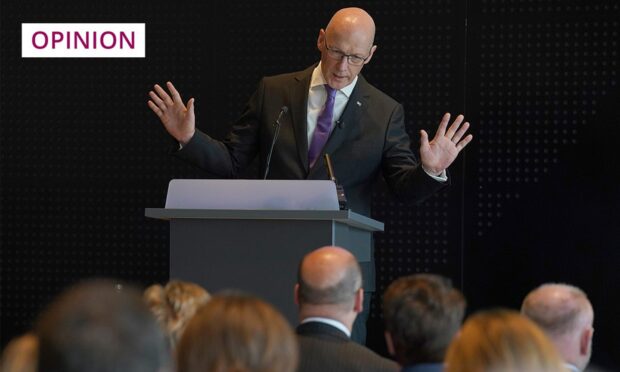
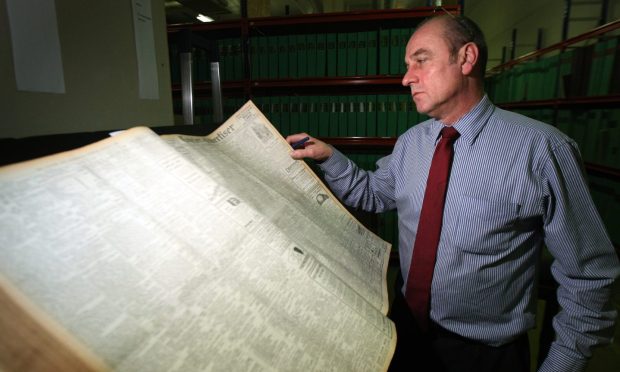
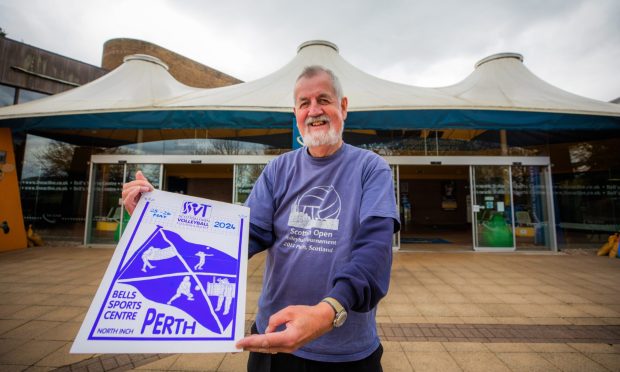
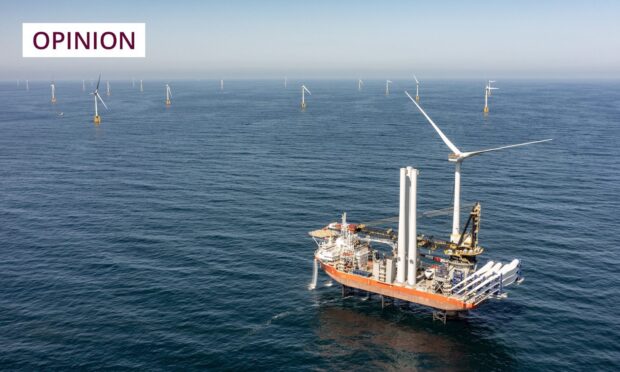
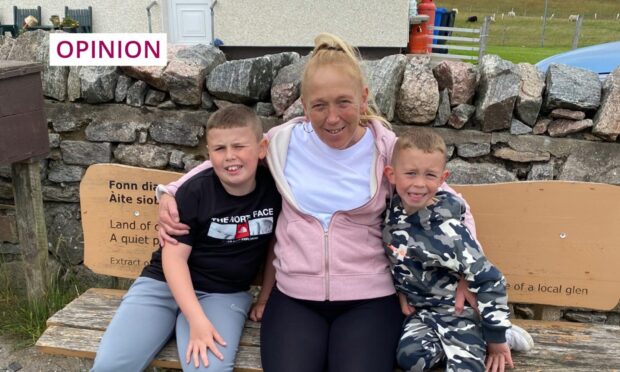
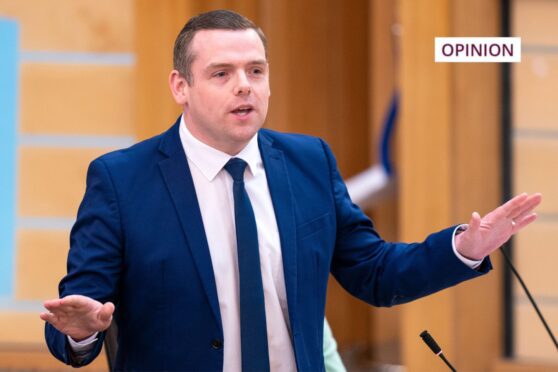
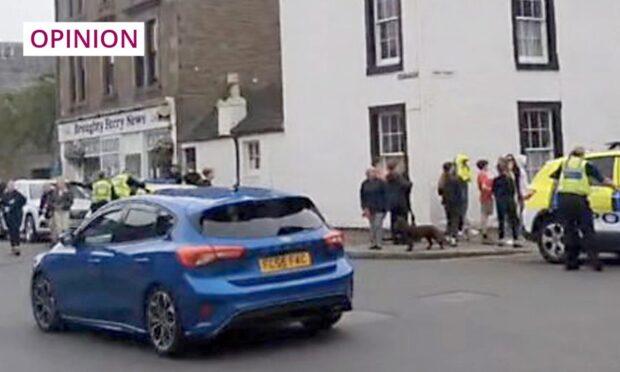
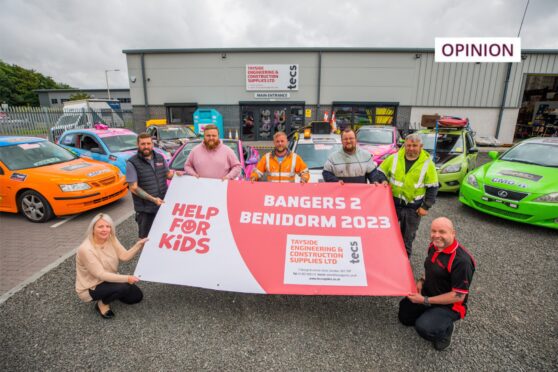
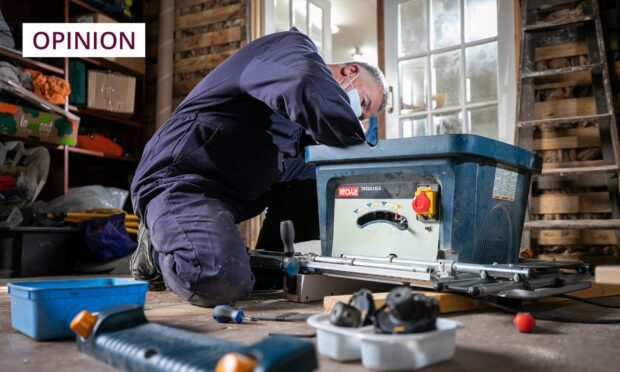
Conversation